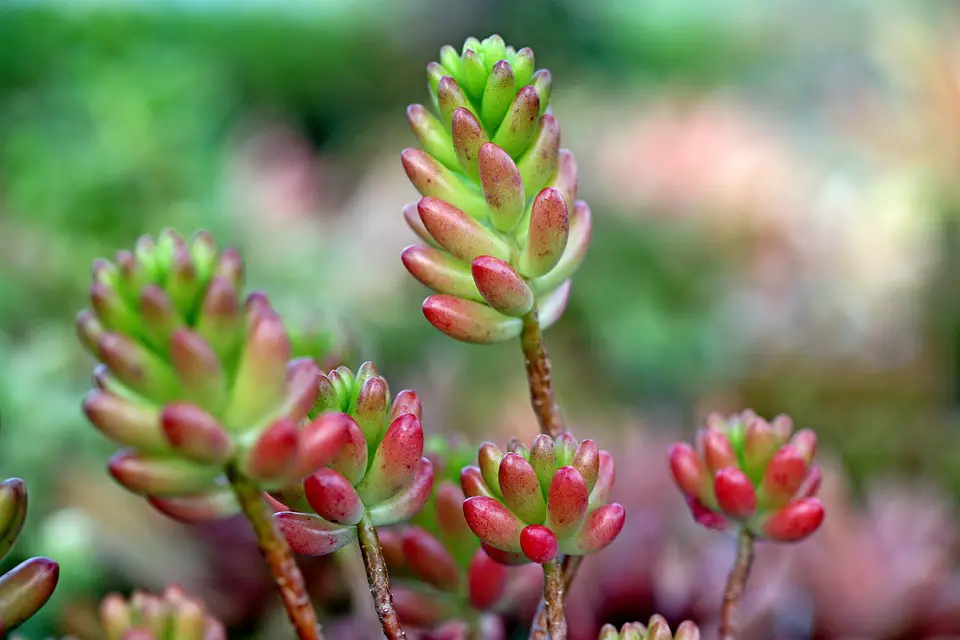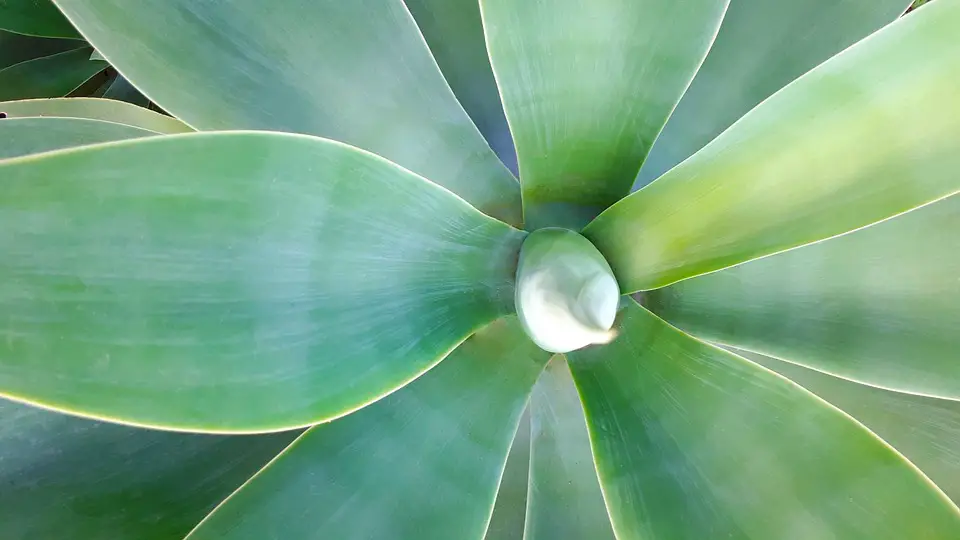Introduction
A green house garden can be a sanctuary where you can escape the outside world and surround yourself with nature’s beauty. Whether you have a small backyard or a spacious property, creating a green house garden can transform your space into an oasis of green. In this guide, we will walk you through the process of designing and maintaining your very own green house garden.
Choosing the Right Green House
Before diving into creating a green house garden, it’s important to select the right green house for your needs. Consider factors such as size, material, and style when making this decision. Green houses can be constructed from glass, polycarbonate, or plastic. Each material has its own advantages and disadvantages, so make sure to research and choose the one that suits your gardening goals.
Selecting Plants and Layout
The selection of plants is crucial for a flourishing green house garden. Determine the type of plants you want to grow – vegetables, flowers, or a combination of both. Consider the required climate conditions for your chosen plants and arrange them accordingly in the green house. Use raised beds, hanging baskets, or install shelves to maximize the space and create an organized layout.
Providing Optimal Light and Temperature
Plants thrive in specific light and temperature conditions. Ensure your green house receives adequate sunlight by placing it in an area with maximum exposure to the sun. If needed, install shading systems to protect delicate plants from harsh sunlight. Additionally, invest in proper ventilation and heating systems to maintain a stable temperature year-round. Monitoring and controlling these factors will contribute to the success of your green house garden.
Watering and Fertilizing
Proper watering and fertilizing practices are vital for the health of your plants. Green houses typically require more frequent watering due to the limited access to rainfall. Consider installing an irrigation system or regularly hand-water your plants. Understand the specific watering needs of your plants, as overwatering can lead to root rot. Additionally, provide your plants with a balanced fertilizer to support their growth and development.
Pest and Disease Management
Keeping pests and diseases at bay is essential to maintain a thriving green house garden. Regularly inspect your plants for any signs of pests or diseases and take necessary preventive measures. Implement integrated pest management techniques, such as using natural predators or organic sprays, to control pests effectively. Always research the specific pests and diseases that commonly affect your chosen plant varieties to ensure their protection.
Maintaining a Clean and Organized Space
Regular cleaning and organization are crucial for the long-term success of your green house garden. Remove any dead leaves, weeds, or debris to prevent the spread of diseases. Keep your gardening tools organized to easily access them when needed. Take the time to regularly clean the green house structure and surfaces to maintain optimum light transmission.
FAQs Section
What is the ideal layout for a green house garden?
The ideal layout for a green house garden depends on the size and shape of your green house. However, incorporating raised beds, vertical gardens, or utilizing hanging baskets and shelves can significantly optimize space utilization.
How often should I water my green house plants?
The frequency of watering depends on various factors, including the type of plants you are growing, the weather conditions, and the soil moisture levels. Monitor the moisture content of the soil and water when it starts to dry out, but avoid overwatering.
Is it necessary to use pesticides in a green house garden?
Using pesticides in a green house garden is not always necessary. Implementing preventive measures, such as regularly inspecting plants and promoting natural predators like ladybugs, can help control pests without the need for pesticides. However, in some cases, targeted pesticide application may be required.
How can I ensure proper ventilation in my green house?
Proper ventilation is essential for a healthy green house environment. Install vents or fans that allow for air circulation, helping to regulate temperature and prevent the build-up of excessive humidity. Automatic ventilation systems can also be installed to maintain optimal conditions.




